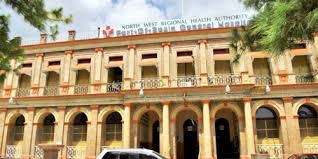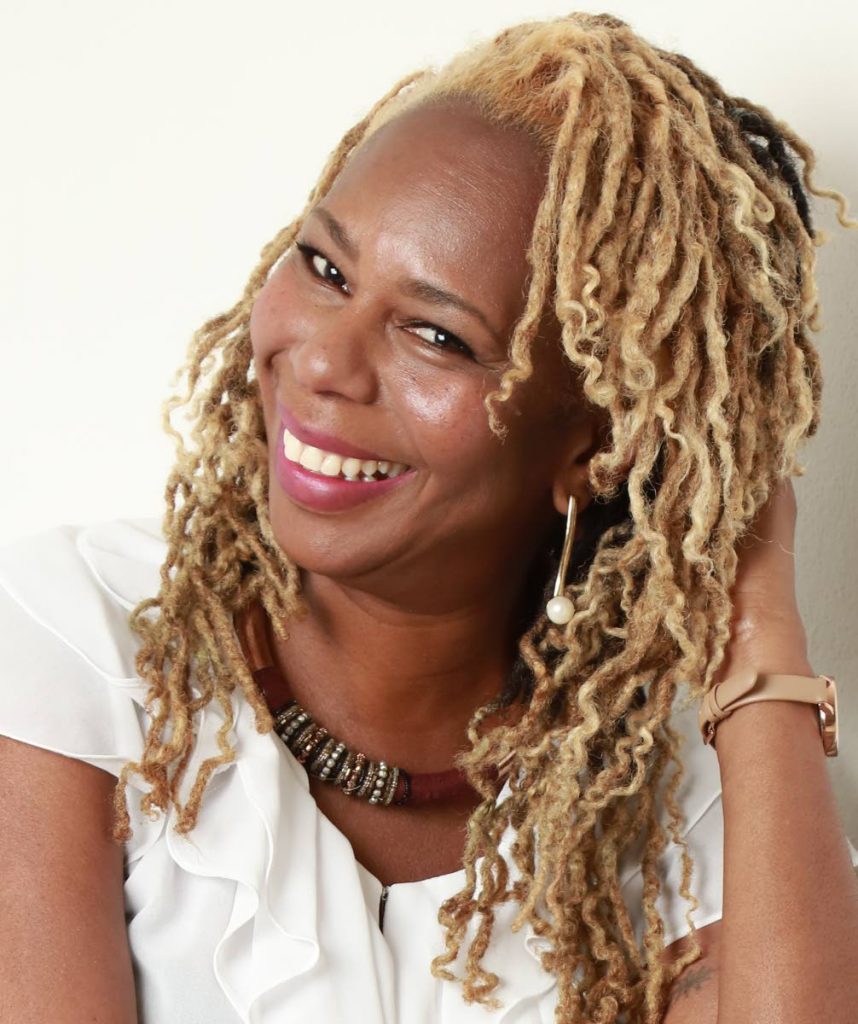Doctors are human too

TT’s medical professionals have been the subject of many news headlines recently. On May 18, the Medical Association (TTMA) issued a press release, days after a psychiatrist died by suicide.
The release said, “There is a growing epidemic among doctors that the Trinidad and Tobago Medical Association (TTMA) would like to highlight called physician burnout. This condition occurs in healthcare professionals when there is a depletion of physical, emotional and spiritual energy.”
It said, too often, mental well-being was overlooked and “this has been proven to negatively affect productivity, lower patient satisfaction and care quality, contribute to physician alcohol and drug abuse and physician suicide.”
The statistics, the release said were “alarming,” with up to 42 per cent of US doctors experiencing burnout. The suicide rate, it added, was “higher than that of the general population (1.41 times greater for male doctors and 2.27 times greater for female doctors).”
Dr Lucy Sand*, 31, feels very strongly about physician burnout. In fact, she was diagnosed with depression while attempting to balance her work and private life. Sand believes those responsible for managing TT’s doctors should put measures in place to secure their well-being, among them mandatory health checks, medical plans and even a gym. But more importantly, for her, she wants people to know that doctors are human. “We are not machines.”

Dr Yansie Rolston, UK-based disability and mental health specialist advisor, in her article Why Doctors Mental Health Matters, said much of the same. She said while a doctor’s family might boast about “their substantial earning power. The stark reality is that they are also susceptible to individual and occupational situations which affect their mental and physical well-being. The World Health Organisation states that one in four people will experience an episode of mental illness during their lifetime, whether we choose to believe it or not, doctors are included in that statistic.”
On some days, Sand works a 16-hour shift. While in both the hospitals and primary health institutions (clinics) the standard hours are 8 am to 4 pm, when a doctor is on duty, it could run up to 24 hours.
“In the hospital, between eight to four you’re seeing your patients on the ward and still doing admissions, because you’re actually on duty for the entire day. Your team actually is on duty for the full 24 hours, which is 8 am to 8 am the next day. One team will be on duty. From eight to four you have your regular patients to see as well as any admissions that occur within that time,” she told Newsday, saying that the hours at primary care institutions are shorter.
The workload often also includes reviewing discharged patients as well. Explaining the organisational structure, she said there are usually two interns on duty at any point in time.
The intern she described as being on the “lowest rung” in terms of doctors. The team is also supposed to have two house officers, “if they have that staff available.”
A registrar and consultant make up the rest of team. “The consultant only comes in only when absolutely necessary, so the consultant is not there for 24 hours.
“The registrar is a bit absent in between, and comes in when you really need a registrar, or just comes in to do a round to make sure everything is going fine.”
Sand knows, from experience, that it is “possibly hardest” for the interns because the intern is the first person to interact with the patient.
“In light of the fact that they are supposed to be practising and learning, they are the first ones to actually clerk the patient (which is, take a history and examine). Then, thereafter, that will be reviewed by the house officer. The interns are also responsible for running to the lab, getting blood tests done and collecting anything that the patient may need including blood or anything emergent, anything that is also required, the intern is also required to pick that up.”
The interns, she added, work very long hours and, of course, get the least pay “because they are just in training.”
“Also I think it is important to know that there may be a mild custom of making things a bit harder for the interns because it is like you are being cultured into the practice. So they want you to develop a mindset that medicine is hard, you have to work hard, therefore they put that added stress on you as an intern to perform.”
Sometimes interns are not paid for extra duty. They are required to work seven duties for their salary, but are rostered for nine, sometimes ten and “you are not paid for the extra three or two.”
If these were not fertile enough conditions for physician burnout, meeting the healthcare needs of a demanding public fertilises them even more. Hospital clinics are very oversized, she said, reaching as many as 150–200 patients a day. At the health centres, clinics, on average, though they are supposed to finish by noon, see as many as 50 to 60 patients a day and generally have two or three doctors.
“And of course, we have walk-ins, people who just come off the streets and decide that they need to see a doctor.”
With such a demanding workload doctors usually don’t have time for lunch and breaks, she added. “We usually end up having a very late lunch, and by that time you probably have peptic ulcer disease–I actually did develop because I kept skipping meals a lot.”
Such a demanding workload has been very costly for Sand.
“I was diagnosed with depression and actually had to start medications. It really impacts you, because you are juggling your social life, your private life, and between that I am a single mother. So it is even harder for people like me to stay afloat in this career, given the burden that is put upon you.
Rolston’s article also touched on the toll that such a demanding workload has on doctors.
“Doctors are faced with sickness, suffering and death on a daily basis, often working in stressful environments; juggling increased clinical demands, pacifying anxious and aggressive patients and/or families, using outdated or malfunctioning equipment, and struggling with a health service beset with drug shortages,” it said.
The article said further, “There is a connection between the pressures of the job and emotional resilience, it is therefore no surprise that mental illness is common amongst doctors, and their rates are higher than other professional groups (Journal of Mental Health). Societal pressures forces them to appear healthy, so they mask their mental health struggles such as depression, anxiety and addiction. Consequently, they are reluctant to seek help, even if it adversely affects the quality of the care they provide.”
*not her real name


Comments
"Doctors are human too"